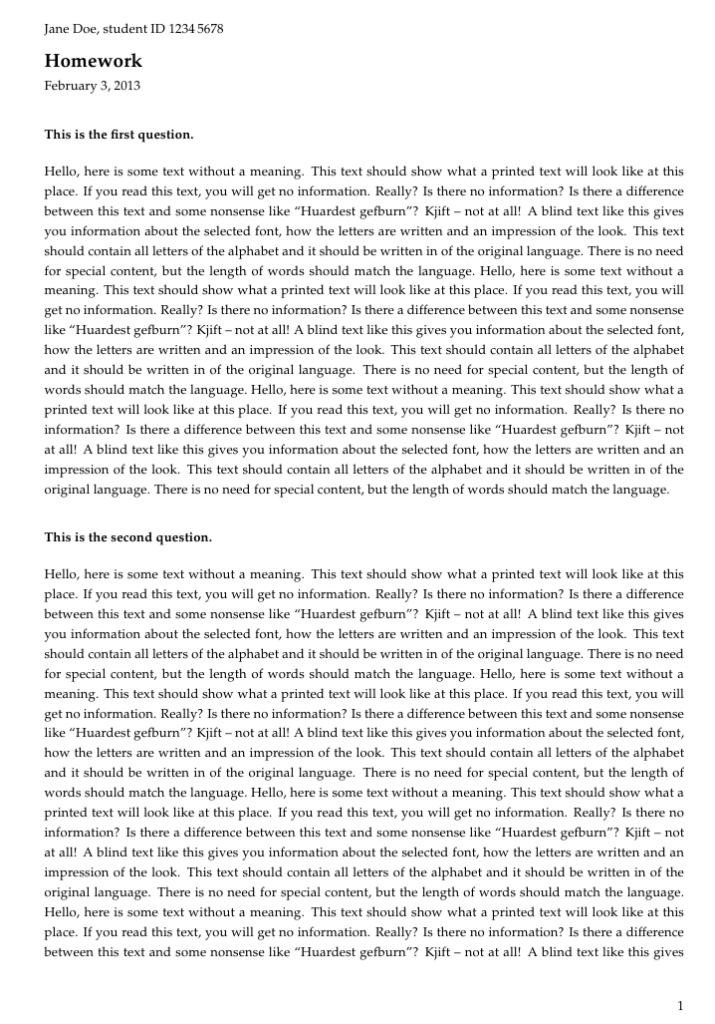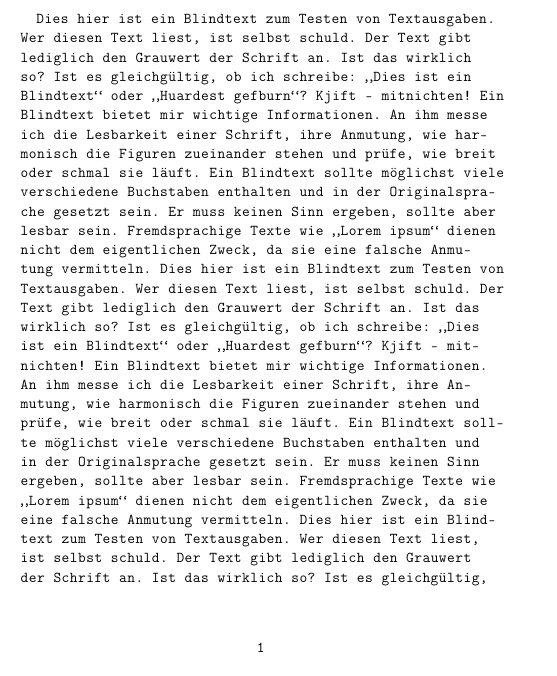\documentclass[fontsize=10pt]{scrartcl}
\usepackage[a4paper,landscape,left=1cm,right=1cm,top=1cm,bottom=1cm]{geometry}
\usepackage[]{ifdraft}
\usepackage[]{attachfile}
\usepackage[]{eso-pic}
\usepackage[english]{babel}
\usepackage[T1]{fontenc}
\usepackage[utf8]{inputenc}
\renewcommand{\familydefault}{\sfdefault}
\RequirePackage[scaled=0.9]{helvet}
\usepackage{tikz}
\usepackage[right]{showlabels}
\usetikzlibrary{positioning}
\pagestyle{empty}
\usepackage{xcolor}
\ifdraft{
\definecolor{mycol}{RGB}{255,255,255}
}{%
\definecolor{mycol}{RGB}{0,0,0}
}
\usepackage{hyperref}
\usepackage[]{url}
\hypersetup{%
pdftitle={CBAP Knowledge Areas},
pdfauthor={Uwe Ziegenhagen, uwe.ziegenhagen@db.com },
pdfsubject={Babok Knowledge Areas},
pdfkeywords={Babok, CBAP, Knowledge Areas}
}
\newcommand{\file}[1]{\textattachfile{#1}{\textcolor{blue}{\LaTeX\ Sourcecode}}}
\begin{document}
\AddToShipoutPictureFG*{
\put(35,25){\footnotesize Uwe Ziegenhagen, uwe.ziegenhagen@db.com, \file{\jobname.tex}
}
}
\begin{center}
\begin{tikzpicture}
[
x=40mm,y=25mm,
mybox/.style={rectangle,rounded corners,xshift=1cm,yshift=1cm,minimum width=35mm, minimum height=22.5mm},
topline/.style={mybox,mycol,align=center,draw=red,very thick,font=\bfseries},
botline/.style={mybox,mycol,align=center,draw=orange,very thick,font=\bfseries},
yelline/.style={mybox,mycol,align=center,draw=cyan,very thick,font=\bfseries},
pinkline/.style={mybox,mycol,align=center,draw=violet,very thick,font=\bfseries}
]
\node at (0,0) [topline] {Business Analysis \\ Planning \& \\ Monitoring};
\node at (1,0) [topline] {Elicitation};
\node at (2,0) [topline] {Requirements \\ Management \& \\ Communications};
\node at (3,0) [topline] {Enterprise Analysis};
\node at (4,0) [topline] {Requirements \\ Analysis};
\node at (5,0) [topline] {Solution Assessment \\ \& Validation};
\node at (6,0) [topline] {Underlying \\ Competencies};
\node at (0,-1) [botline] {Plan BA Approach};
\node at (0,-2) [botline] {Conduct \\ Stakeholder \\ Analysis};
\node at (0,-3) [botline] {Plan BA Activities};
\node at (0,-4) [botline] {Plan BA \\ Communication};
\node at (0,-5) [botline] {Plan Requirements \\ Management \\ Process};
\node at (0,-6) [botline] {Manage BA \\ Performance};
\node at (1,-1) [yelline] {Prepare for \\ Elicitation};
\node at (1,-2) [yelline] {Conduct \\ Elicitation \\ Activity};
\node at (1,-3) [yelline] {Document \\ Elicitation \\ Results};
\node at (1,-4) [yelline] {Confirm \\ Elicitation \\ Results};
\node at (2,-1) [botline] {Manage Solution \\ Scope \& \\ Requirements};
\node at (2,-2) [botline] {Manage \\ Requirements \\ Traceability};
\node at (2,-3) [botline] {Maintain \\ Requirements \\ for Re-Use};
\node at (2,-4) [botline] {Prepare \\ Requirements \\ Package};
\node at (2,-5) [botline] {Communicate \\ Requirements};
\node at (3,-1) [yelline] {Define \\ Business \\ Need};
\node at (3,-2) [yelline] {Assess \\ Capability \\ Gaps};
\node at (3,-3) [yelline] {Determine \\ Solution \\ Approach};
\node at (3,-4) [yelline] {Define \\ Solution \\ Scope};
\node at (3,-5) [yelline] {Define \\ Business \\ Case};
\node at (4,-1) [botline] {Prioritize \\ Requirements};
\node at (4,-2) [botline] {Organize \\ Requirements};
\node at (4,-3) [botline] {Specify \& \\ Model \\ Requirements};
\node at (4,-4) [botline] {Define \\ Assumption \& \\ Constraints};
\node at (4,-5) [botline] {Verify \\ Requirements };
\node at (4,-6) [botline] {Validate \\ Requirements};
\node at (5,-1) [yelline] {Assess \\ Proposed \\ Solution};
\node at (5,-2) [yelline] {Allocate \\ Requirements};
\node at (5,-3) [yelline] {Assess \\ Organizational \\ Readiness};
\node at (5,-4) [yelline] {Define \\ Transition \\ Requirements};
\node at (5,-5) [yelline] {Validate \\ Solution};
\node at (5,-6) [yelline] {Evaluate \\ Solution \\ Performance};
\node at (6,-1) [pinkline] {Analytical \\ Thinking \& Problem \\ Solving };
\node at (6,-2) [pinkline] {Behavioral \\ Characteristics};
\node at (6,-3) [pinkline] {Business \\ Knowledge};
\node at (6,-4) [pinkline] {Communication \\ Skills};
\node at (6,-5) [pinkline] {Interaction \\ Skills};
\node at (6,-6) [pinkline] {Software \\ Applications};
\end{tikzpicture}
\end{center}
\ifdraft{%
}{%
\definecolor{mycol}{RGB}{255,255,255}
\begin{center}
\begin{tikzpicture}
[
x=40mm,y=25mm,
mybox/.style={rectangle,rounded corners,xshift=1cm,yshift=1cm,minimum width=35mm, minimum height=22.5mm},
topline/.style={mybox,mycol,align=center,draw=red,very thick,font=\bfseries},
botline/.style={mybox,mycol,align=center,draw=orange,very thick,font=\bfseries},
yelline/.style={mybox,mycol,align=center,draw=cyan,very thick,font=\bfseries},
pinkline/.style={mybox,mycol,align=center,draw=violet,very thick,font=\bfseries}
]
\node at (0,0) [topline] {Business Analysis \\ Planning \& \\ Monitoring};
\node at (1,0) [topline] {Elicitation};
\node at (2,0) [topline] {Requirements \\ Management \& \\ Communications};
\node at (3,0) [topline] {Enterprise Analysis};
\node at (4,0) [topline] {Requirements \\ Analysis};
\node at (5,0) [topline] {Solution Assessment \\ \& Validation};
\node at (6,0) [topline] {Underlying \\ Competencies};
\node at (0,-1) [botline] {Plan BA Approach};
\node at (0,-2) [botline] {Conduct \\ Stakeholder \\ Analysis};
\node at (0,-3) [botline] {Plan BA Activities};
\node at (0,-4) [botline] {Plan BA \\ Communication};
\node at (0,-5) [botline] {Plan Requirements \\ Management \\ Process};
\node at (0,-6) [botline] {Manage BA \\ Performance};
\node at (1,-1) [yelline] {Prepare for \\ Elicitation};
\node at (1,-2) [yelline] {Conduct \\ Elicitation \\ Activity};
\node at (1,-3) [yelline] {Document \\ Elicitation \\ Results};
\node at (1,-4) [yelline] {Confirm \\ Elicitation \\ Results};
\node at (2,-1) [botline] {Manage Solution \\ Scope \& \\ Requirements};
\node at (2,-2) [botline] {Manage \\ Requirements \\ Traceability};
\node at (2,-3) [botline] {Maintain \\ Requirements \\ for Re-Use};
\node at (2,-4) [botline] {Prepare \\ Requirements \\ Package};
\node at (2,-5) [botline] {Communicate \\ Requirements};
\node at (3,-1) [yelline] {Define \\ Business \\ Need};
\node at (3,-2) [yelline] {Assess \\ Capability \\ Gaps};
\node at (3,-3) [yelline] {Determine \\ Solution \\ Approach};
\node at (3,-4) [yelline] {Define \\ Solution \\ Scope};
\node at (3,-5) [yelline] {Define \\ Business \\ Case};
\node at (4,-1) [botline] {Prioritize \\ Requirements};
\node at (4,-2) [botline] {Organize \\ Requirements};
\node at (4,-3) [botline] {Specify \& \\ Model \\ Requirements};
\node at (4,-4) [botline] {Define \\ Assumption \& \\ Constraints};
\node at (4,-5) [botline] {Verify \\ Requirements };
\node at (4,-6) [botline] {Validate \\ Requirements};
\node at (5,-1) [yelline] {Assess \\ Proposed \\ Solution};
\node at (5,-2) [yelline] {Allocate \\ Requirements};
\node at (5,-3) [yelline] {Assess \\ Organizational \\ Readiness};
\node at (5,-4) [yelline] {Define \\ Transition \\ Requirements};
\node at (5,-5) [yelline] {Validate \\ Solution};
\node at (5,-6) [yelline] {Evaluate \\ Solution \\ Performance};
\node at (6,-1) [pinkline] {Analytical \\ Thinking \& Problem \\ Solving };
\node at (6,-2) [pinkline] {Behavioral \\ Characteristics};
\node at (6,-3) [pinkline] {Business \\ Knowledge};
\node at (6,-4) [pinkline] {Communication \\ Skills};
\node at (6,-5) [pinkline] {Interaction \\ Skills};
\node at (6,-6) [pinkline] {Software \\ Applications};
\end{tikzpicture}
\end{center}}
\end{document} |


